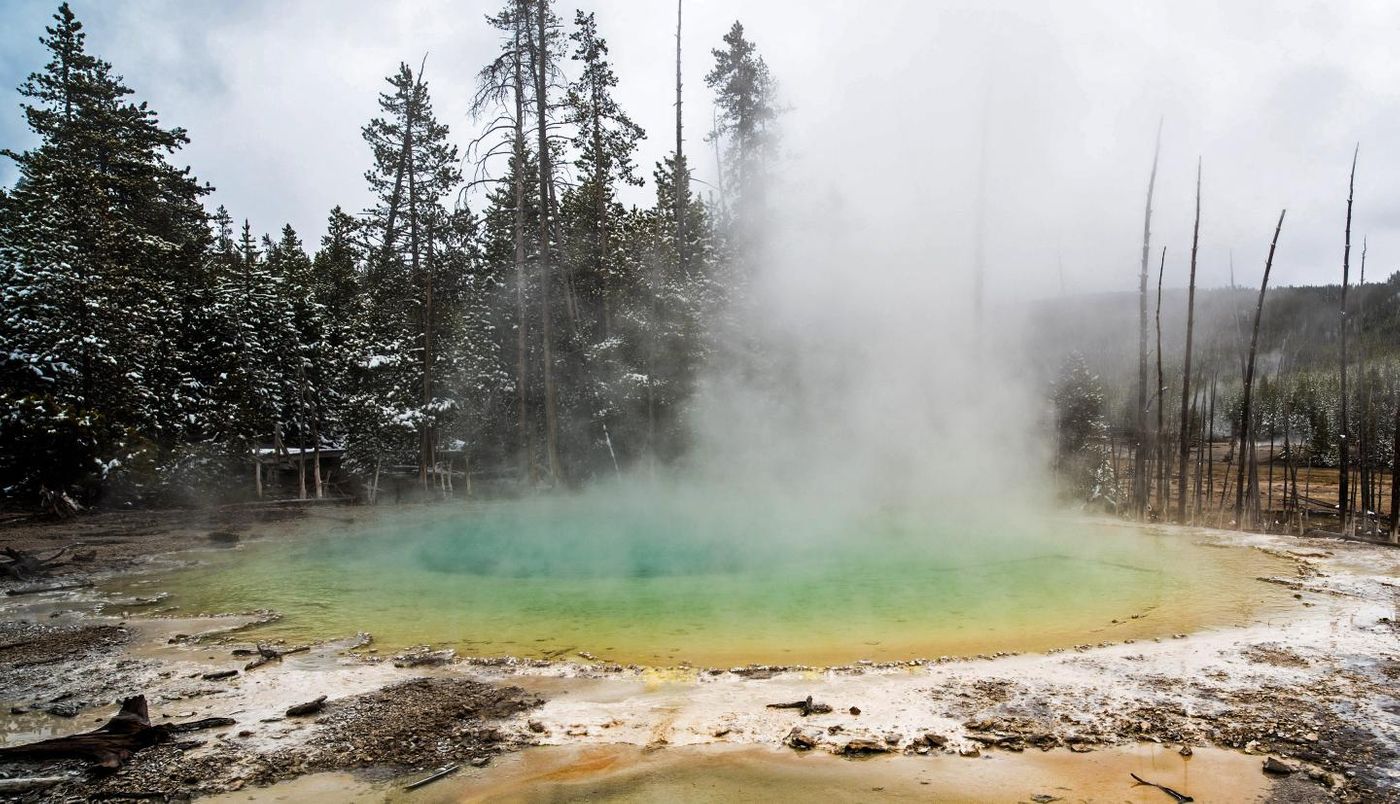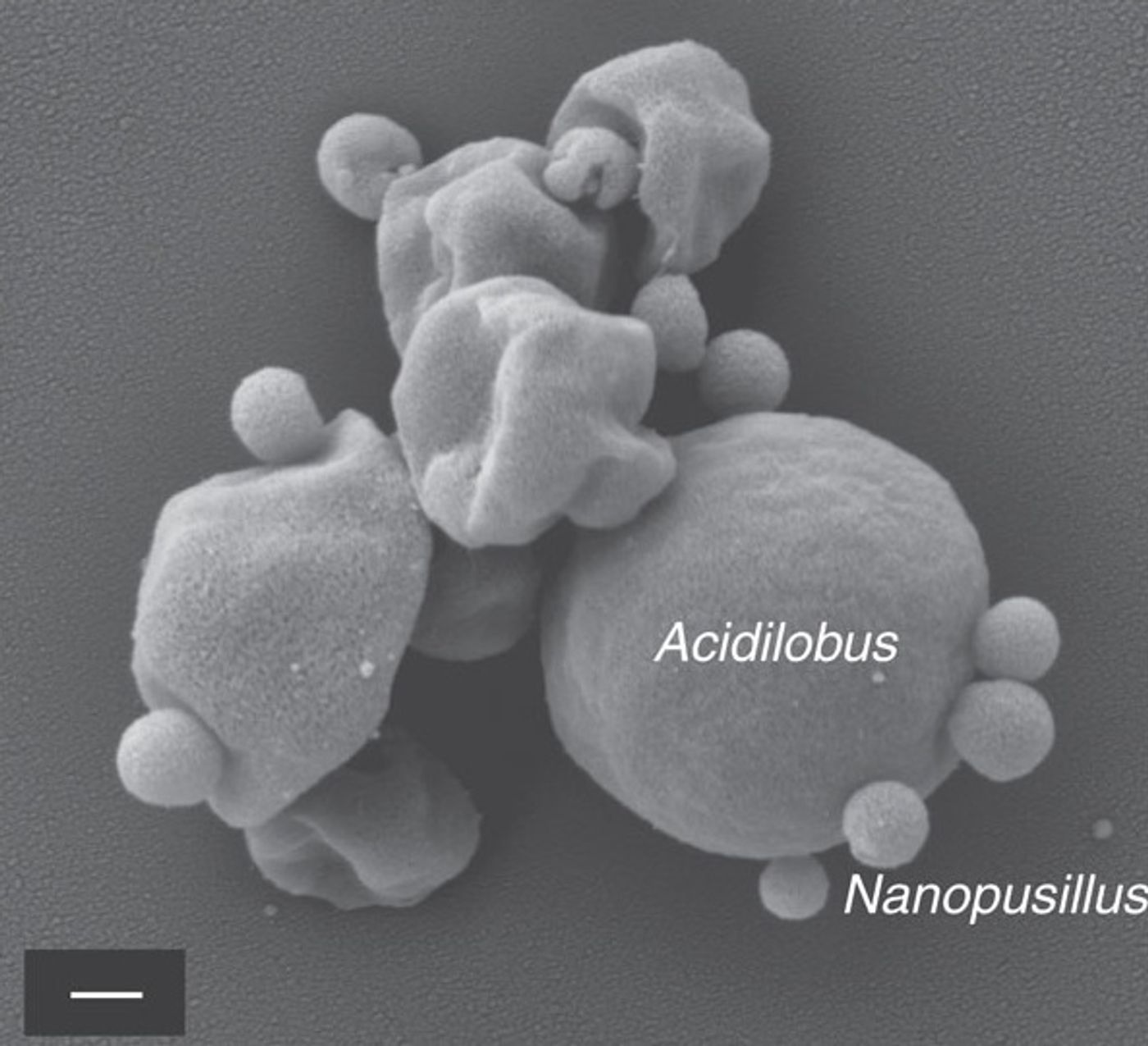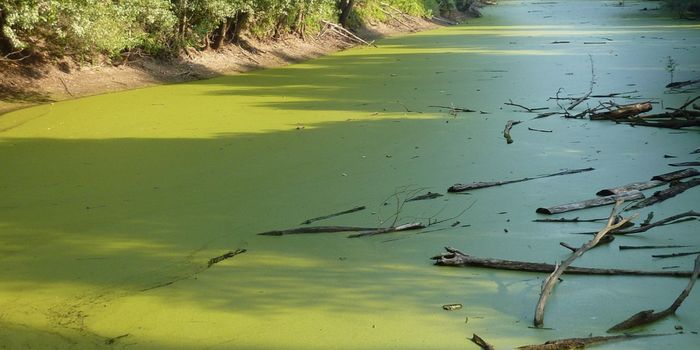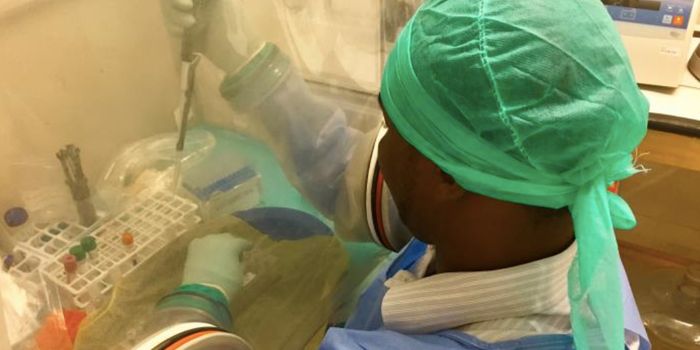In a major achievement for microbiology, scientists at the Department of Energy’s Oak Ridge National Laboratory (ORNL) have revealed characteristics of a symbiotic relationship between archaeon microbes that is thriving in a Yellowstone hot spring by isolating and growing them in culture.
Yellowstone National Park is an incredible area of natural wonder, a thriving ecosystem that sits atop a volcanic caldera. Because of the massive area of intense heat below the surface, it is home to lots of geysers and other geothermal features, like
Cistern Spring. The various green, orange and brown shades that color it and other springs comes from the heat and acid-loving or thermophilic and acidophilic algae and bacteria that live in the hot water.
Mircea Podar of ORNL's Biosciences Division was the leader of a team that isolated a microbe called Nanopusillus acidilobi, from Cistern Spring. N. acidilobi is an archaeon – a single-celled microbe without a nuclear membrane or organelles that occupies its own branch (or domain) on the tree of life. The team was, incredibly, able to culture these small microbes that are only 100 to 300 billionths of a meter in size. Now, interactions with their host, another archaeon called Acidilobus, can be analyzed and studied.
Archaea microorganisms have a cellular membrane that is exposed to their environment, and Nanopusillus has the capabilities to acquire its primary biosynthetic molecules from a host cell via direct cell-to-cell contact. In the video above, the researchers discuss the project and show us some of the techniques they used to culture these microbes, which required high heat and anaerobic conditions. Using clues from the genomes of the microbes, they were able to infer some of the growth requirements.
The methods the team used and the symbiotic archaeon system were detailed in a
study published in Nature Communications, which can now serve as an important guide for the study of evolution and mechanisms of more complex systems.
A reviewer from the journal has remarked that the paper and discovery provide "new exciting insights into the microbial diversity with important phylogenetic implications and thus represents a very important contribution in the archaeal/microbial diversity field."
"This work demonstrates how organisms find ways to adapt and interact with specific organisms in a symbiotic or parasitic way to survive in hostile environments," Podar explains. "By integrating knowledge from genomics, proteomics and classical microbiology, we can culture wild organisms and sometimes manipulate them for practical applications that range from energy production to medicine."
This study was the pinnacle of work that has been ongoing for many years. This particular microbe is especially challenging to work with because it favors boiling hot, acidic springs as a home. "We discovered and cultured a novel organism from a group of organisms that people have been trying to get for over a decade, and in part that was due to prior genomic data we acquired from those organisms in Yellowstone," Podar said, adding that the microbial relationship "abounds in unique, remarkable physiological and genomic features."
Sources:
AAAS/Eurekalert! via
Oak Ridge National Laboratory,
National Park Service,
Nature Communications










